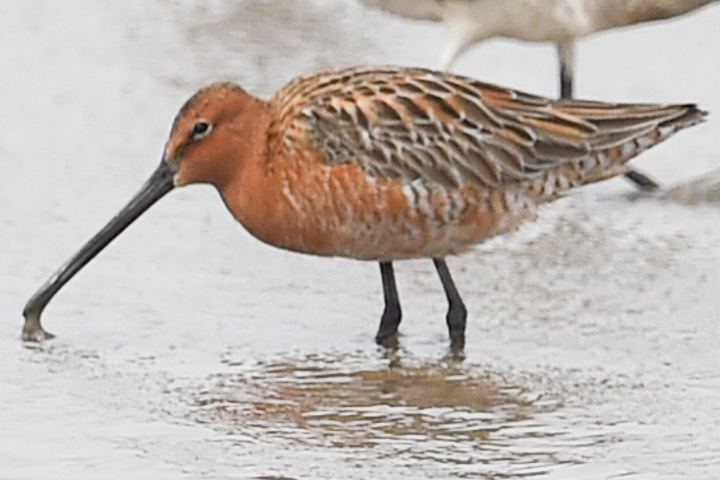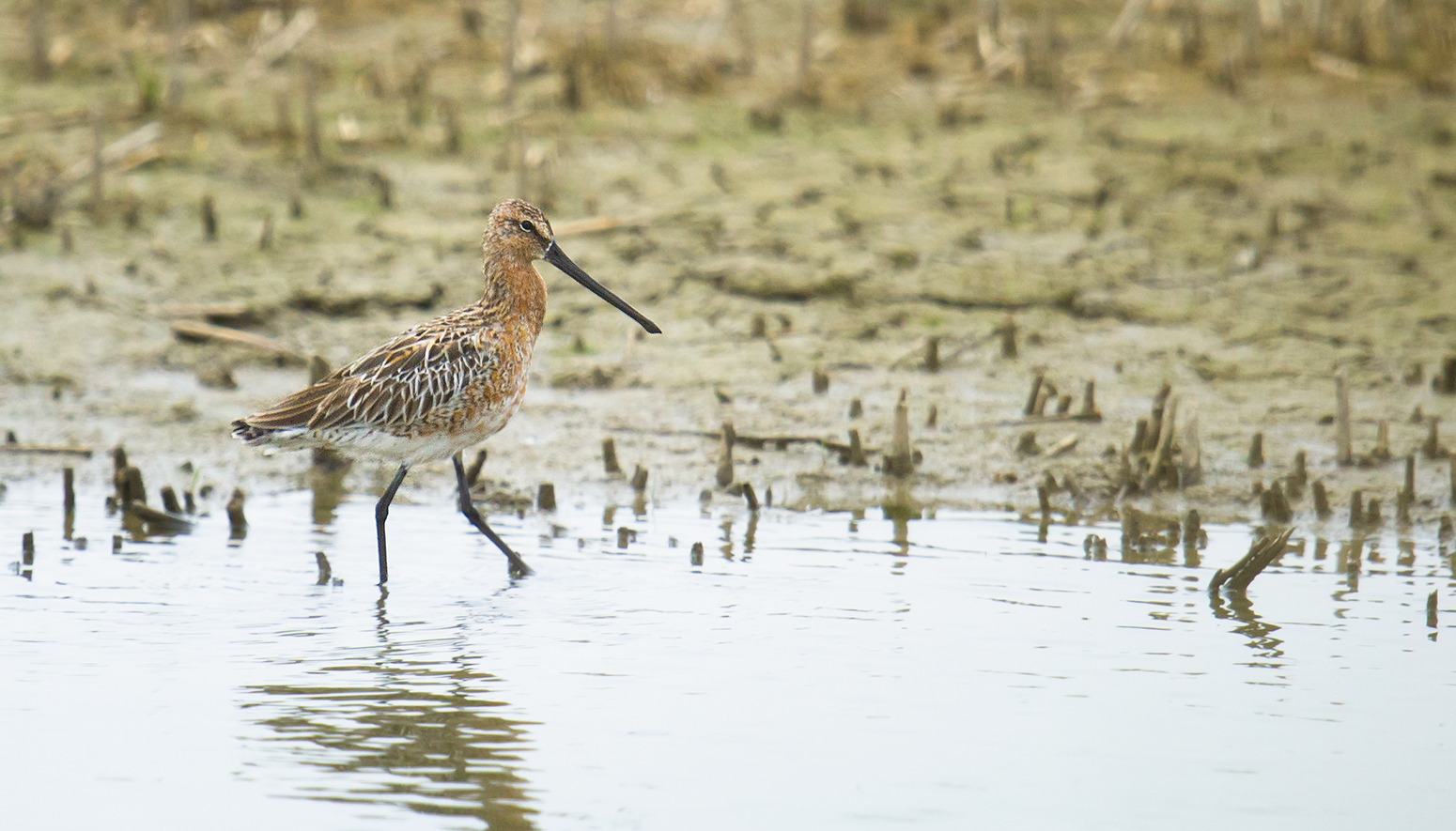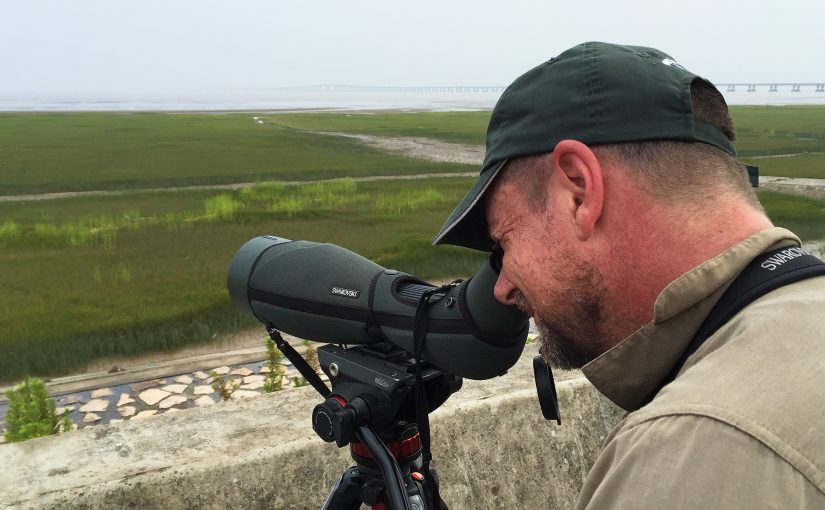by Craig Brelsford
Founder, shanghaibirding.com
On Sat. 5 Aug., after a two-month hiatus I resumed birding at Pudong’s Cape Nanhui. Battling apparent temperatures of 42 degrees Celsius (108 degrees Fahrenheit), partner Ian Reid (above) and I noted 74 species. The haul was good, but even better was the insight it afforded me. Once again, I learned that when it comes to birding, the most southeasterly point of Earth’s Greatest City delivers month after month, season after season.
Ian and I had 3 juvenile Asian Dowitcher, the most notable among an all-star team of shorebirds that included 8 Black-tailed Godwit, Ruff, 12 Broad-billed Sandpiper, and 3 Curlew Sandpiper still mainly in brick-red breeding plumage. A Red-necked Phalarope was making use of fallow rice paddies, and 6 Grey-tailed Tattler were on the mudflats near Donghai Bridge. We had unusual Nanhui records of Pied Kingfisher and Ruddy Shelduck.
The microforests were quiet, but a very early record of Eastern Crowned Warbler and Yellow-rumped Flycatcher offered a preview of the passerine party coming in September. We had four species of bittern: Eurasian Bittern, Yellow Bittern, Cinnamon Bittern, and Black Bittern.
In my nearly 10 years in Shanghai, I had never birded Cape Nanhui in the first week of August. During Shanghai’s hottest month of the year, I am almost always birding in cooler climes—in Qinghai last year, for example, and in 2015 in my wife Elaine’s hometown in Heilongjiang.
Ian’s and my day both reminded me of the good reasons for vacating Shanghai this time of year and showed me the treasures I have been missing. Through the oppressive heat, which ensured that you would never stop sweating, and the 81-percent humidity, which ensured that the perspiration wouldn’t do much good, the Australian birder and I steadily built up an impressive list.
For all 74 species, see our eBird list. Below, our highlights.
Asian Dowitcher Limnodromus semipalmatus
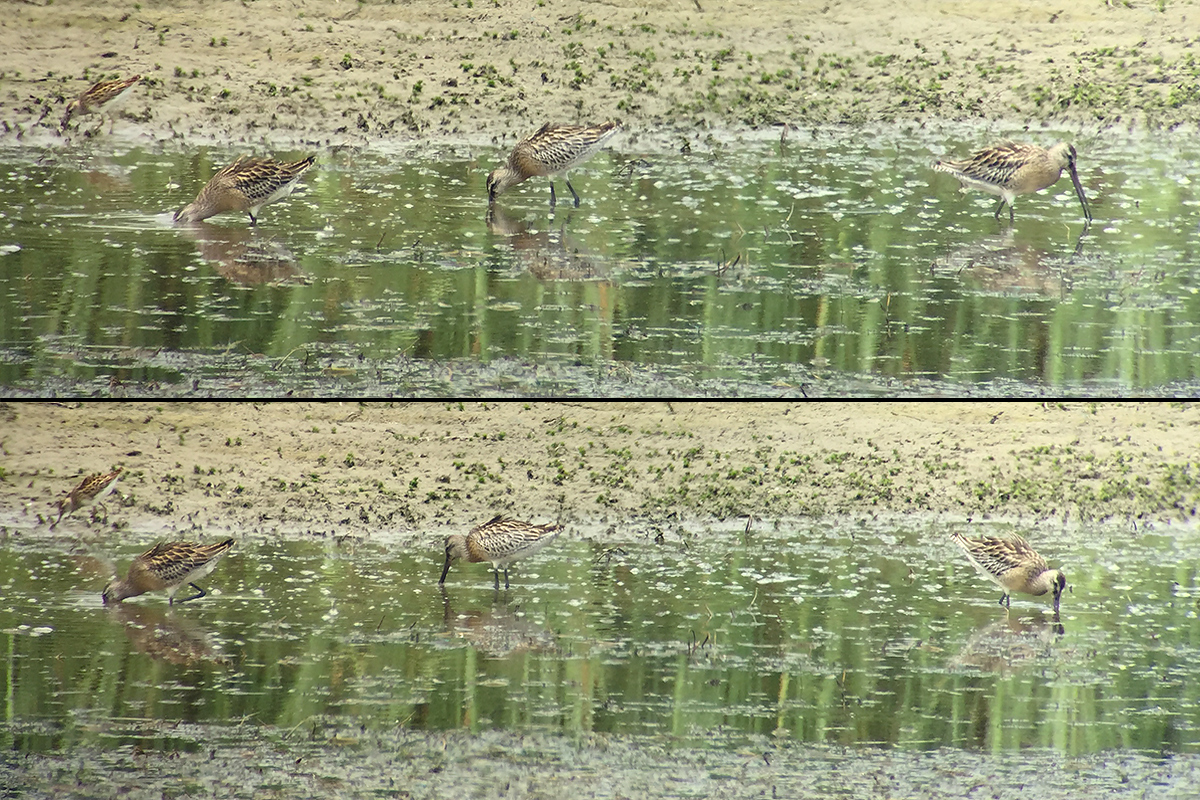
Our trio were juveniles, with their dark-brown crowns and buff-fringed, dark-brown upperparts. They were feeding together at South Pond (30.875477, 121.952215). The tide had hit the nearby sea wall and driven in small numbers of shorebirds of various species, among them Sharp-tailed Sandpiper Calidris acuminata, Curlew Sandpiper C. ferruginea, Long-toed Stint C. subminuta, and Broad-billed Sandpiper C. falcinellus.
An East Asian specialty, Asian Dowitcher breeds in a disjointed set of ranges from western Siberia to Heilongjiang. The IUCN lists it as Near Threatened.
Eastern Crowned Warbler Phylloscopus coronatus
We found a single individual in the Cathedral of Birding, the broad, spacious northern end of Microforest 4 (30.953225, 121.959083). This is a very early record of a species that, like so many other passerines on passage through the Shanghai region, does not begin to show up in impressive numbers until September. As with the dowitchers, when I saw this warbler, my initial reaction was, “What else have you been missing over the years for failing to bird Nanhui in early August?”
Nearby we had female Yellow-rumped Flycatcher Ficedula zanthopygia, a less surprising record, as the species breeds in Jiangsu.
Ruddy Shelduck Tadorna ferruginea
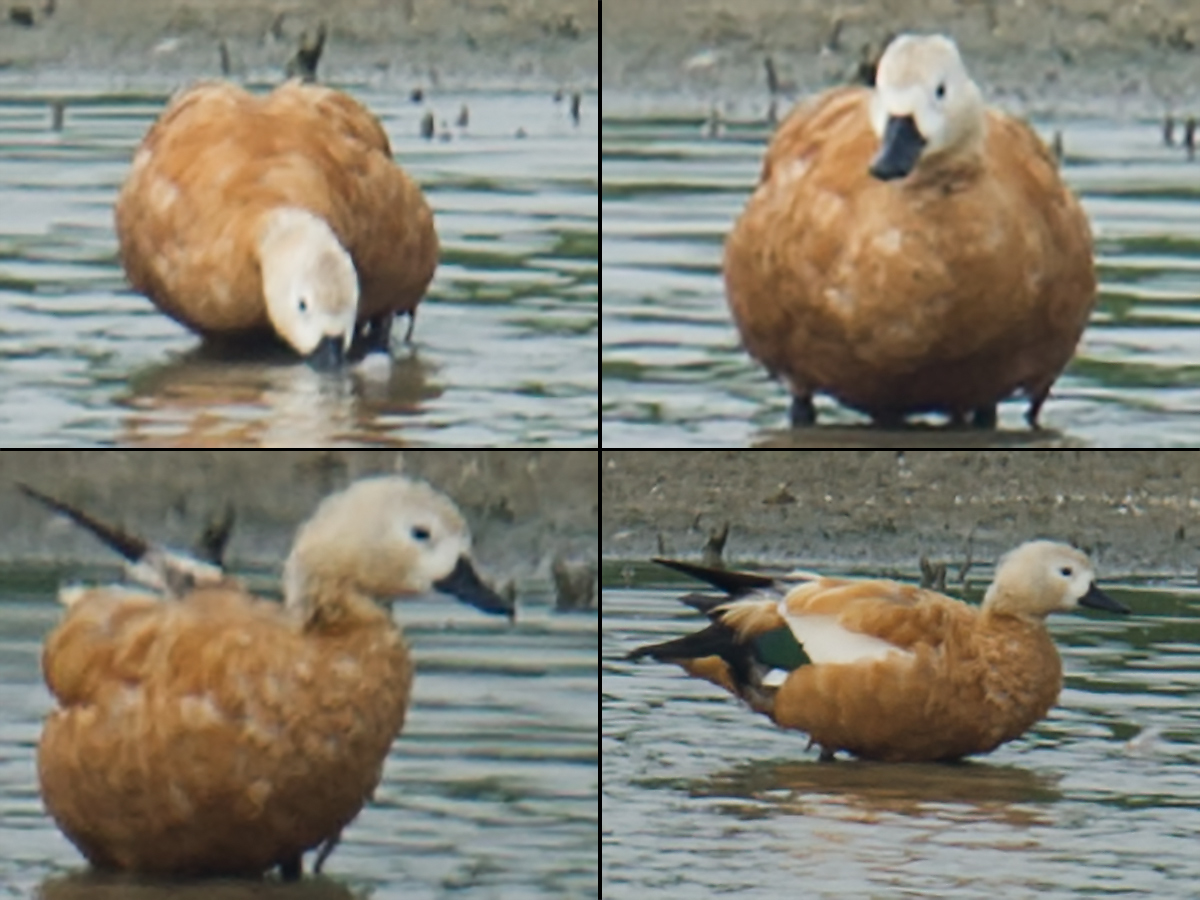
Ruddy Shelduck in August is yet another unexpected record. We found a single individual associating with domestic waterfowl near the entrance to the defunct wetland reserve (30.920507, 121.973159). The species is uncommon in Shanghai at any time of year, with most records coming in winter.
Pied Kingfisher Ceryle rudis
Perhaps the most surprising aspect of this record is that it is surprising at all. Pied Kingfisher breeds throughout southern China, yet this record was my first of the species in Shanghai. A pair has been present at Cape Nanhui since at least July.
Eurasian Bittern Botaurus stellaris
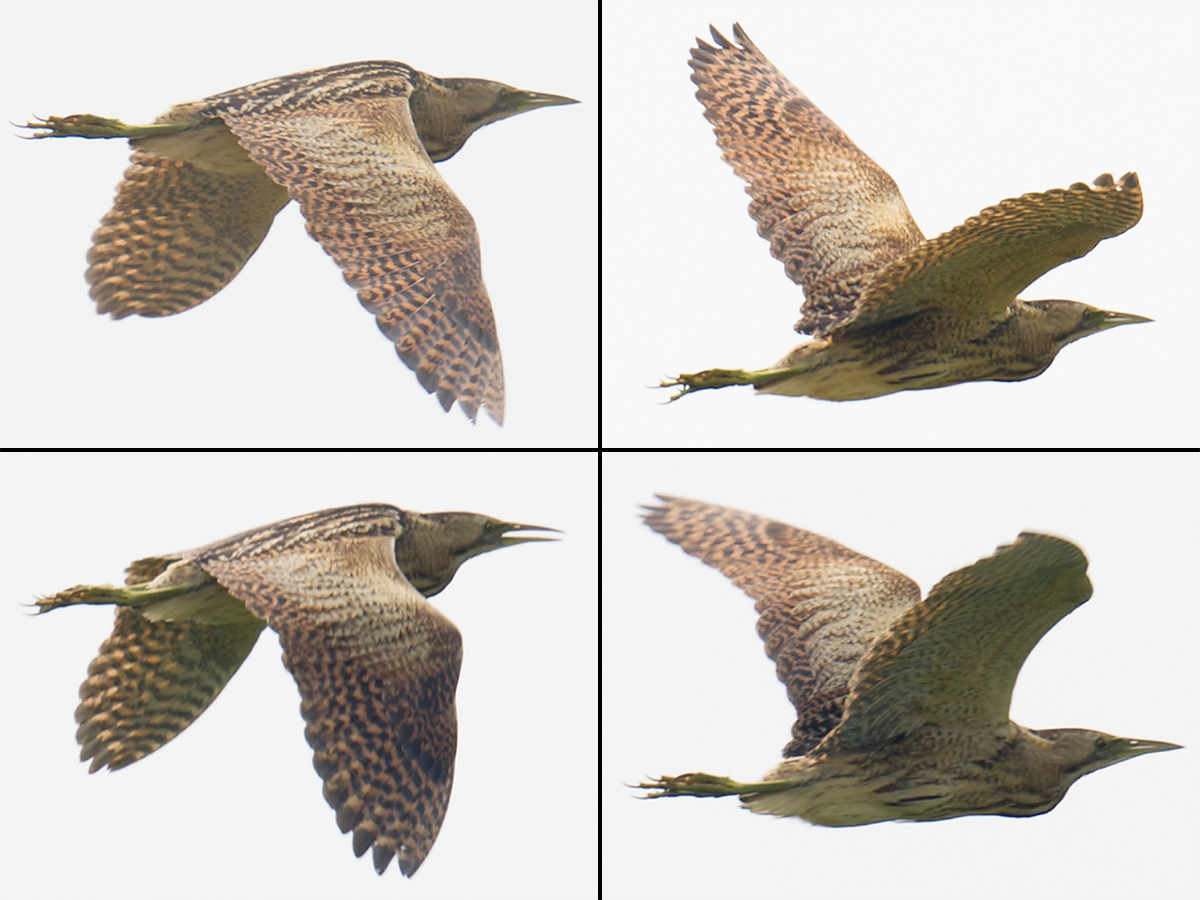
Our first of the four species of bittern. We found 2.
Yellow Bittern Ixobrychus sinensis
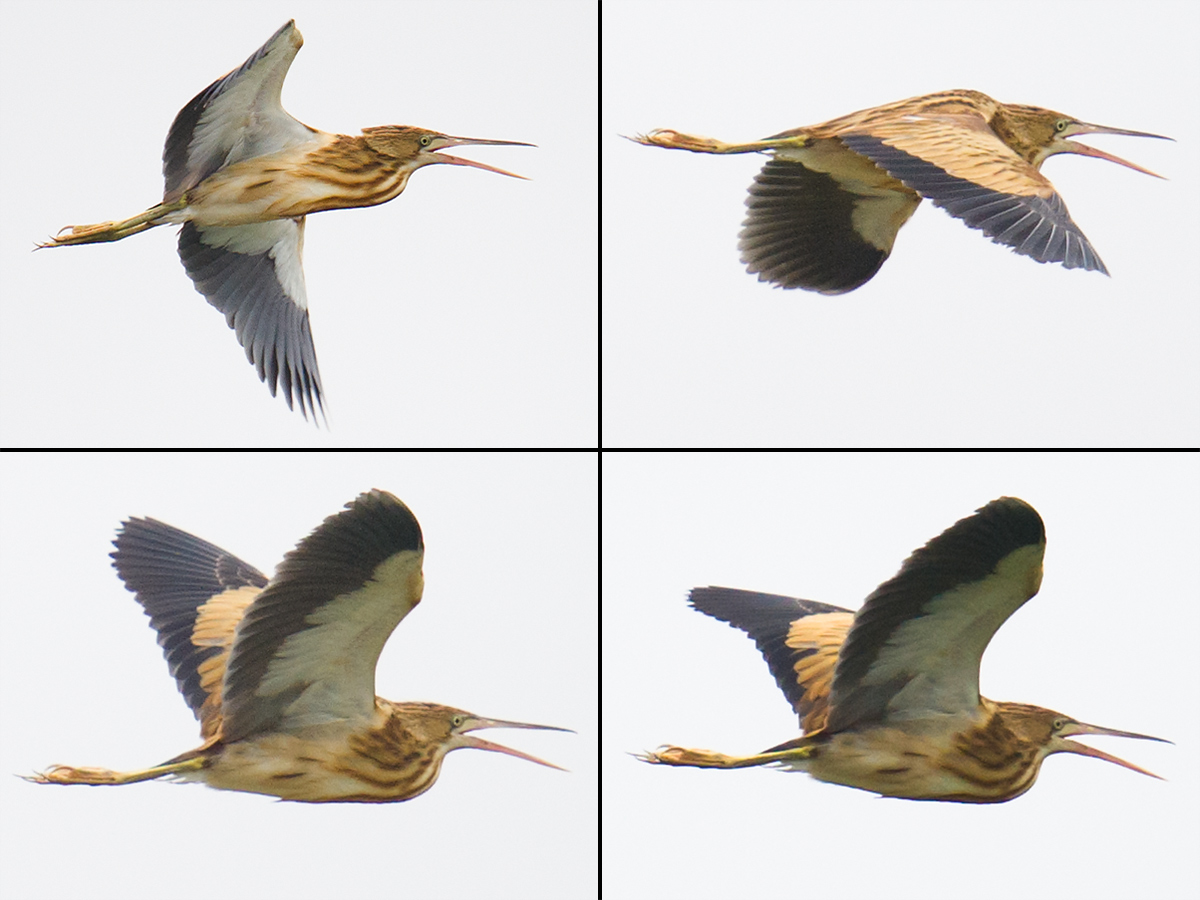
We found 24 of this local breeder along the length of the 30-km (19-mi.) coastal road.
Cinnamon Bittern Ixobrychus cinnamomeus
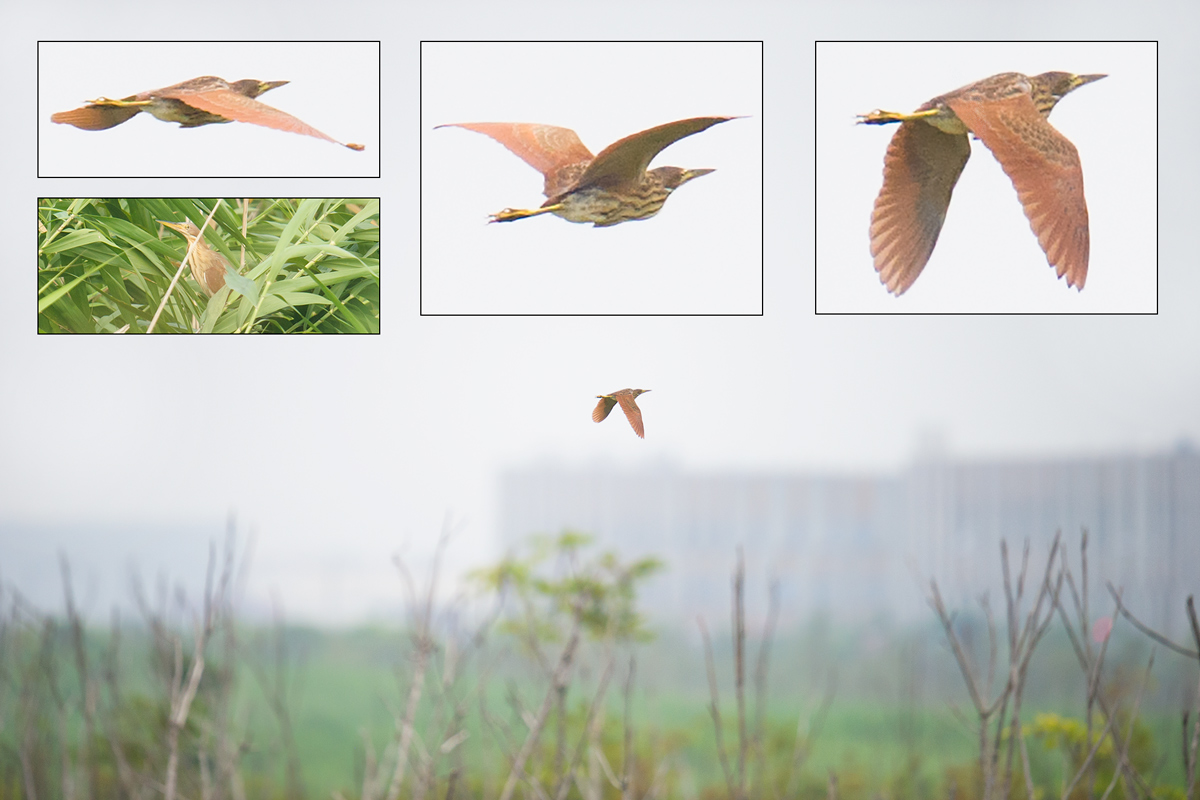
Found in habitats similar to Yellow Bittern, but in much smaller numbers (4).
Black Bittern Ixobrychus flavicollis
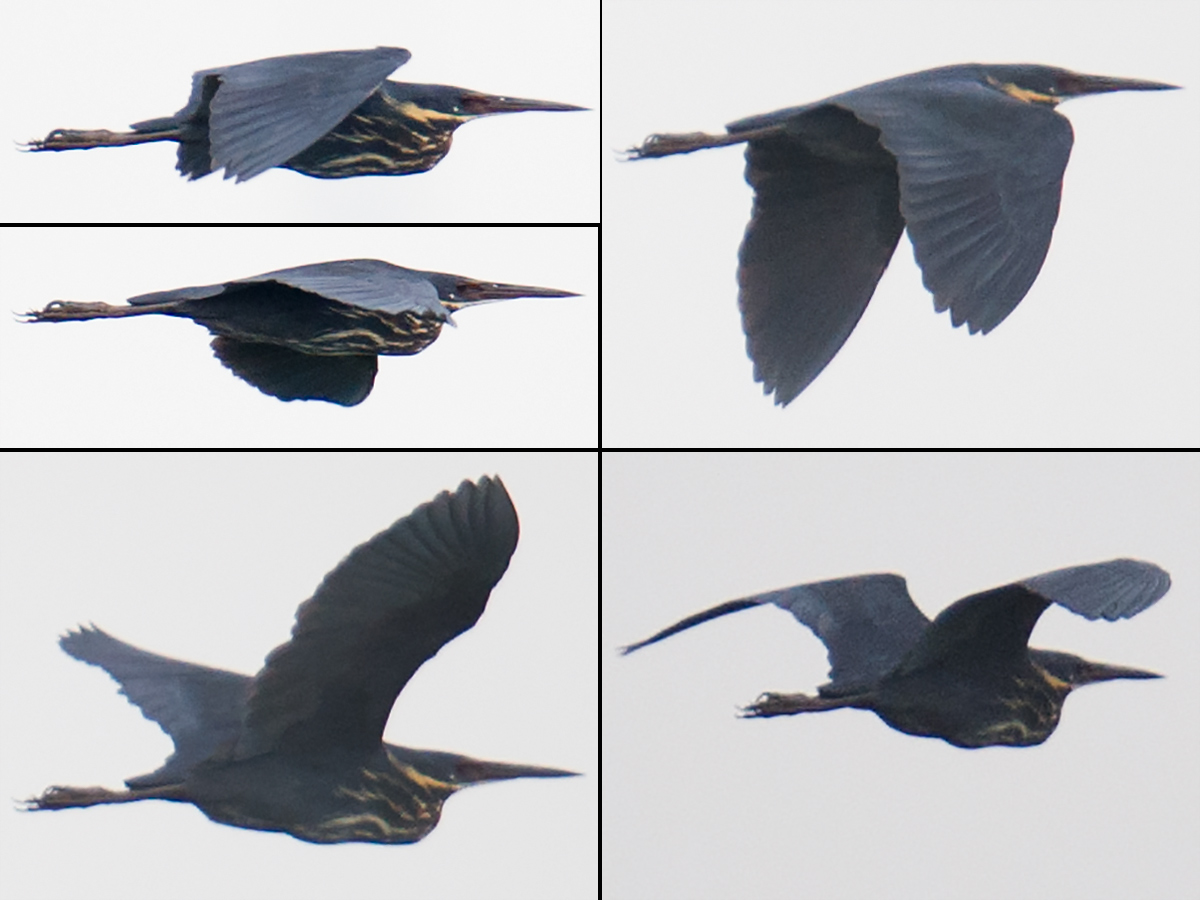
One was seen flying just north of Eiffel Tower (30.850531, 121.878047). This species has an affinity for swamps in forests and is uncommon in Shanghai. Saturday’s record was only my second in the city-province.
Common Kestrel Falco tinnunculus
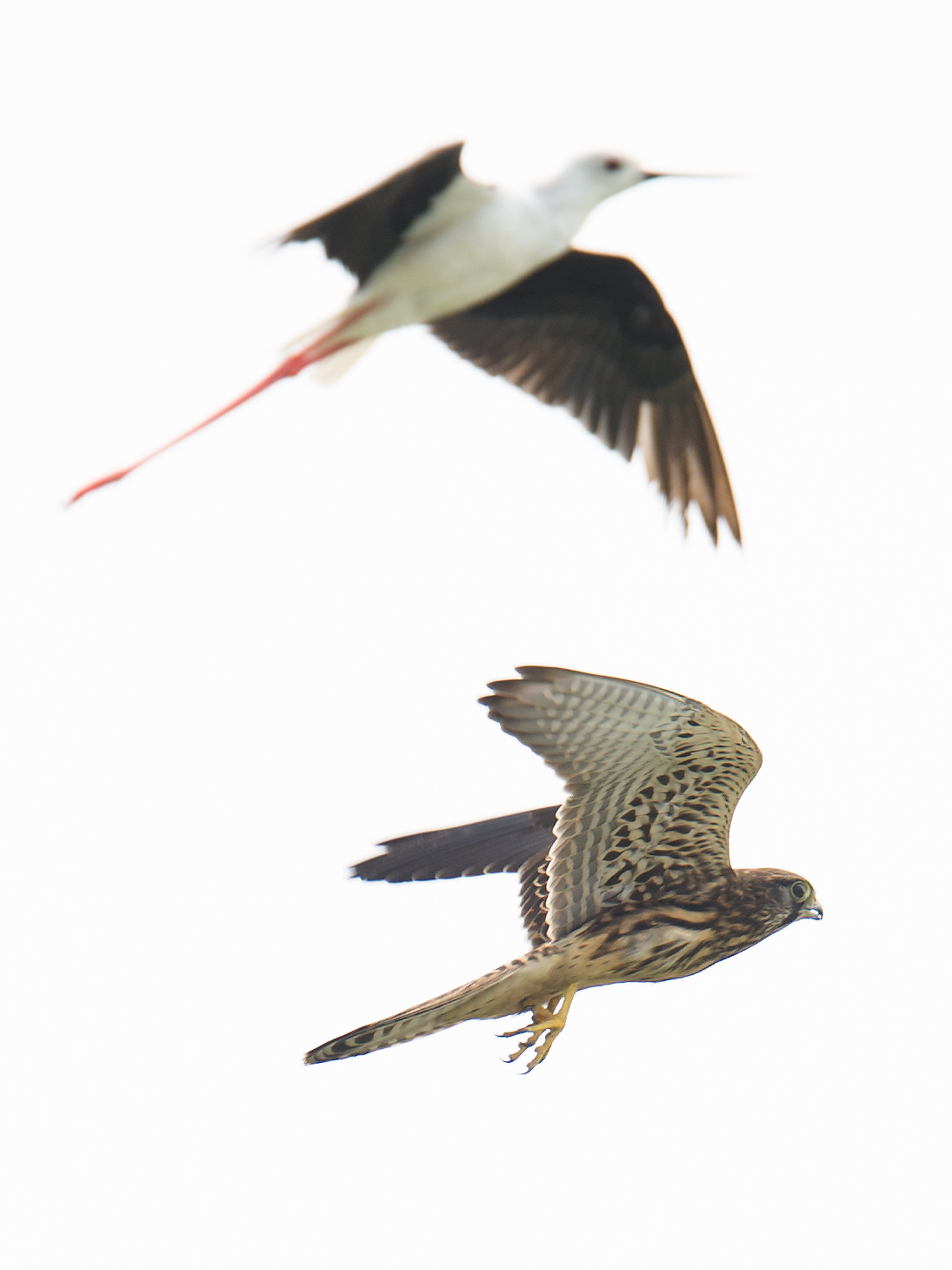
A species common in Shanghai, noted here only because of the circumstances under which Ian and I found it. The first impression of “juvenile falcon” that I received came not from the plumage but from the blunders of the kestrel. The falcon got too close to some juvenile Black-winged Stilt—and found itself being chased off by an adult, a giant in comparison. This was clearly a rookie’s error and betrayed the inexperience of the attacker.
In the photo above, note the lightly streaked ear coverts, the lack of scythe-like wings (as in Eurasian Hobby), black remiges, and long tail with rounded tip. The strong black streaking on the underparts will grow thinner as the kestrel matures.
Peregrine Falcon Falco peregrinus
A welcome addition to any Nanhui list, Falco peregrinus is usually recorded in Shanghai in autumn and winter. Sharp-eyed Ian spotted the falcon roosting in an area that used to contain reed beds but has since been flattened by the backhoes into a savanna-like landscape. I got video on my iPhone through the spotting scope.
Featured image: Australian birder Ian Reid scans the mudflats at Cape Nanhui, Pudong, 5 Aug. In the background is Donghai Bridge. (Craig Brelsford)

